Exploring Robotics: What Are Robots and What Are Their Uses in the Future?
Learn about how robots will impact senior care due to a public health crisis Learn about the field of robotics.
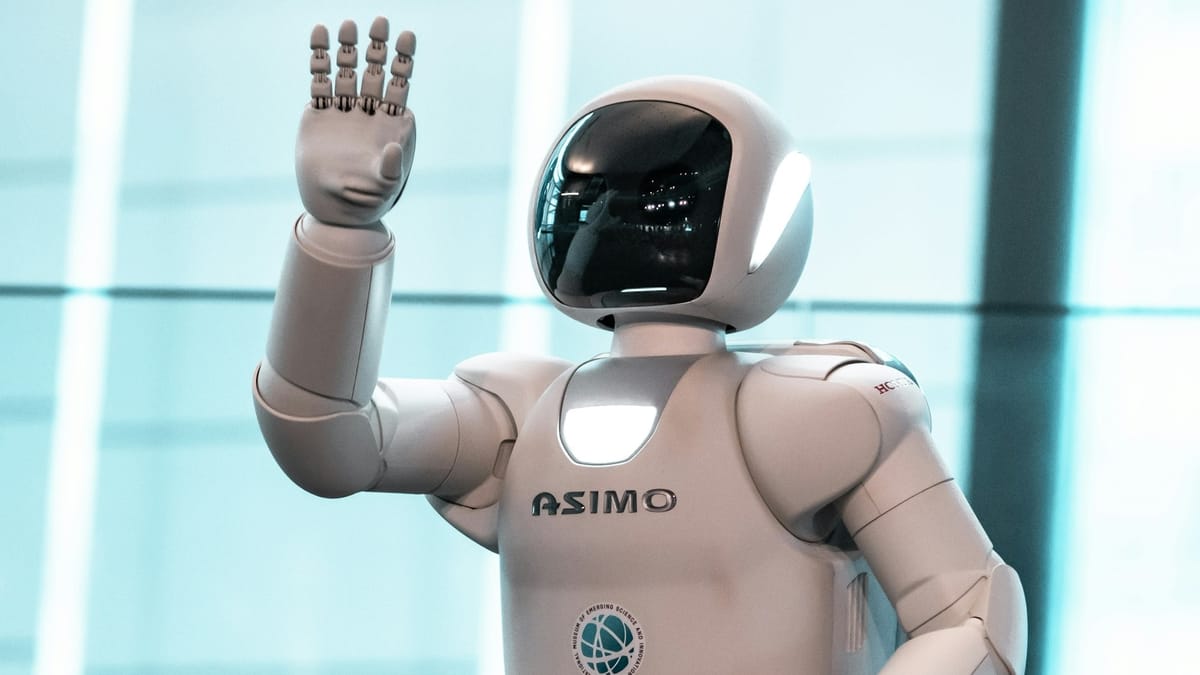
I know you may be thinking why is an article on robotics on a caregiver site? I know it seems off-topic. You see, there is a global aging crisis. We have more seniors than youth. This is already a public health crisis in the US and other countries. Japan has been leading the world in developing how to overcome this crisis. There is a shortage of direct care workers to support the aging population. So, I am focusing on educating seniors and their caregivers on the different types of robots we will be introduced to in the next few years.
Imagine a world where intelligent machines work alongside humans, assisting in various tasks and revolutionizing the way we live, work, and interact. This is no longer science fiction; it's the reality of robotics in 2023. In this article, we will explore the fascinating world of robotics, delving into its history, various types of robots, and what the future holds for this rapidly evolving field, especially in health care.
Short Summary
- Robotics is an engineering field focused on the development of robots with aspects such as robot learning, Artificial Intelligence and machine learning algorithms.
- Industrial, humanoid and medical robots are used in multiple industries to increase productivity and safety while providing physical/emotional support. This includes health care and even support for the family caregiver.
- A successful career in robotics requires a Bachelor's degree along with knowledge of engineering science & technology, design skills & familiarity with AI & ML courses.
Understanding Robotics
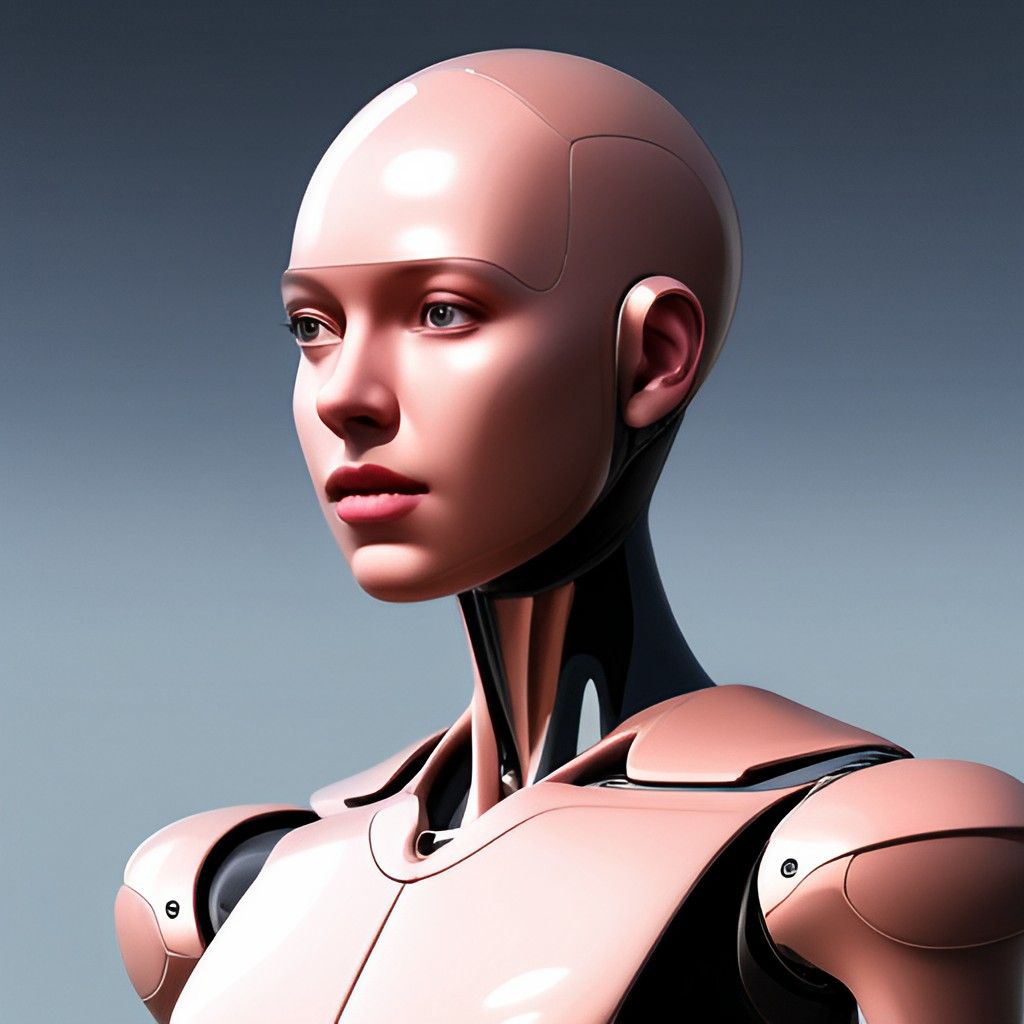
Robotics is an engineering branch that focuses on the development of robots. These robots can be used for a variety of purposes, including conception, design, construction, operation, application, and utilization. These intelligent machines come in various forms, from human-like robots to software-based robots, all designed to assist humans in numerous ways.
One crucial aspect of robotics is robot learning, which involves the study of techniques that enable robots to acquire new knowledge or skills through machine learning algorithms. Robot learning has been used to explore a variety of applications word robotics, such as grasping objects, object categorization and even linguistic interaction with human beings. This has the potential to transform how humans and bots collaborate together. However, it is important to note that a robot can only address issues that it is programmed to address, and it does not possess general analytical capabilities.
A key component in modern robotics is artificial intelligence (AI). Intelligent robots obtain facts through human input or sensors, and then their processing unit evaluates the newly acquired data in comparison to previously stored information to determine the optimal course of action based on the data it has acquired. The integration of AI in robotics has led to significant advancements, allowing robots to learn from their environment and make decisions based on the data they collect.
The Evolution of Robotics
The history of robotics is a fascinating journey that can be traced from early concepts of mechanical entities envisioned in ancient civilizations to the incorporation of artificial intelligence in modern robotics. This progression has seen robots transform from rudimentary automatons of mechanical construction to complex machines capable of assisting humans in various industries, revolutionizing how we live and work.
Robotics has become an integral part of our lives, from manufacturing to healthcare, and its potential for further development is immense. As technology advances, robots are becoming increasingly sophisticated and capable of performing more complex tasks. This has enabled them to be used.
Early Concepts of Robots
The earliest concepts of robots can be traced back to ancient Greece and Rome, where rudimentary automatons were developed for use as tools, toys, and in religious ceremonies. These early notions of robots paved the way for more sophisticated ideas that would later shape the field of robotics as we know it today.
Isaac Asimov, a science fiction writer, is credited with being the initial user of the term "robotics" and also introduced the famous "Three Laws of Robotics". Asimov's laws were intended to guide the behavior of autonomous robots and smart machines, serving as influential principles that have shaped the development of robotics throughout history.
The Birth of Programmable Robots
In 1961, the first programmable robot, Unimate, was developed by George Devol and Joseph Engelberger. This groundbreaking invention marked the beginning of a new era in robotics, where machines could be programmed to perform a variety of tasks, opening up a world of possibilities for their application in different industries.
Today, programmable robots are employed in multiple industries, such as manufacturing, healthcare, and agriculture. Additionally, they are utilized in research and development, education, and entertainment. This widespread use of programmable robots is a testament to the significant advancements that have been made in the field since the development of Unimate.
Artificial Intelligence in Robotics
Since the 1950s, artificial intelligence has been incorporated into robotics, allowing robots to learn from their environment and make decisions based on the data they collect. AI furnishes robots with computer vision and motion control, enabling them to comprehend their environment and respond suitably.
The incorporation of AI in robotics has proven to be highly beneficial in terms of improving accuracy, speed, and efficiency. Machine learning algorithms enable robots to learn from their mistakes, thus decreasing the requirement for frequent human intervention.
This combination of AI and robotics has led to the development of more advanced, intelligent machines capable of performing complex tasks and interacting seamlessly with humans.
Types and Components of Robots
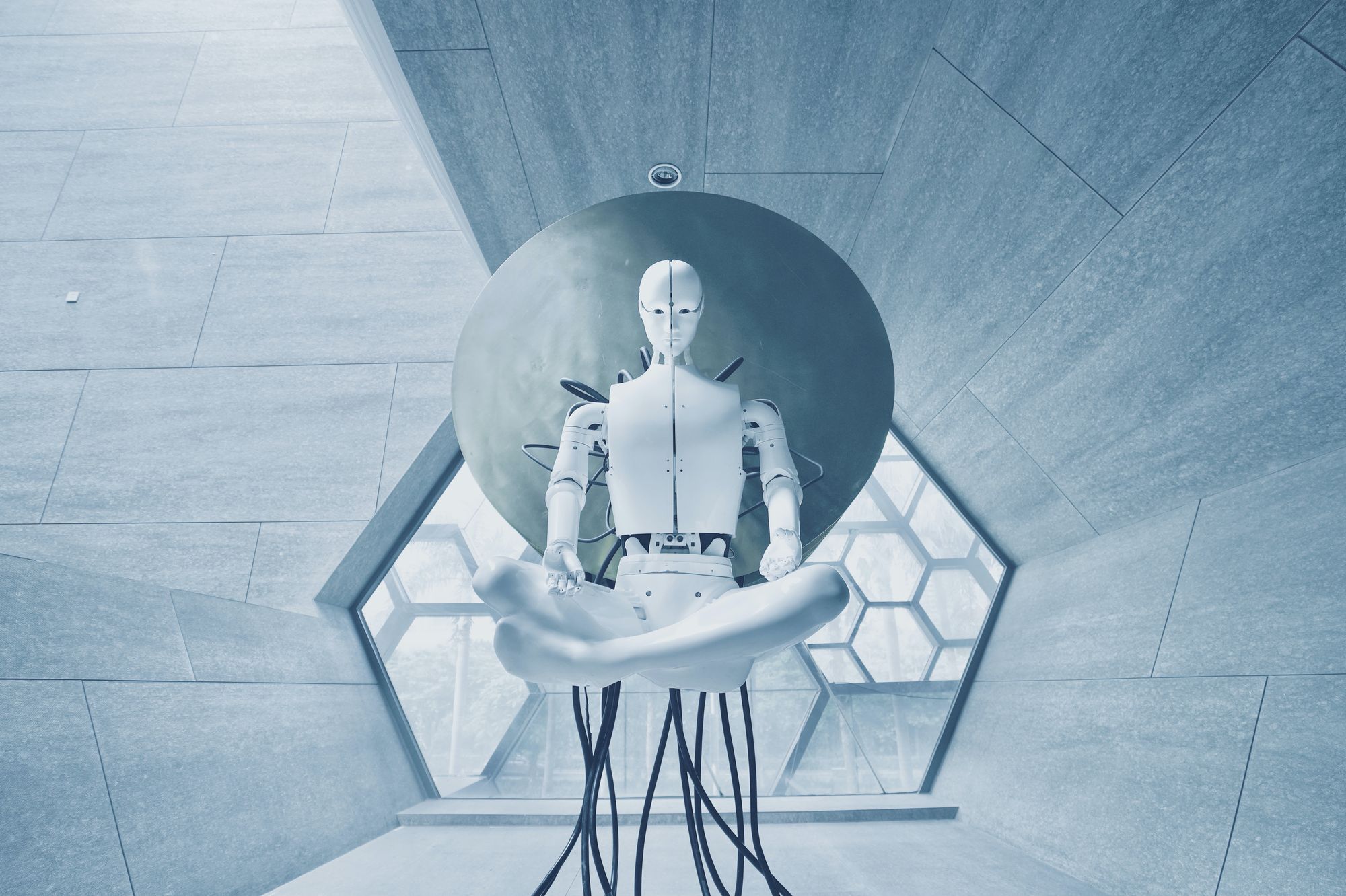
Robots display a remarkable degree of versatility, with a vast array of shapes and capabilities. The primary components of a robot include a power source, central processing unit, sensors, actuators, and control system. These components work together to enable human arm of the robot to interact with its environment and execute the tasks it has been programmed to perform.
Sensors in robotics act as stimuli for the robot, providing electrical signals which are processed by its controller. This allows the robot to interact with its environment. Actuators are components that facilitate the movement of a the robot arm's frame or body, making it capable of executing its assigned tasks. This intricate combination of components is what allows robots to function and perform tasks in various applications.
Industrial Robots
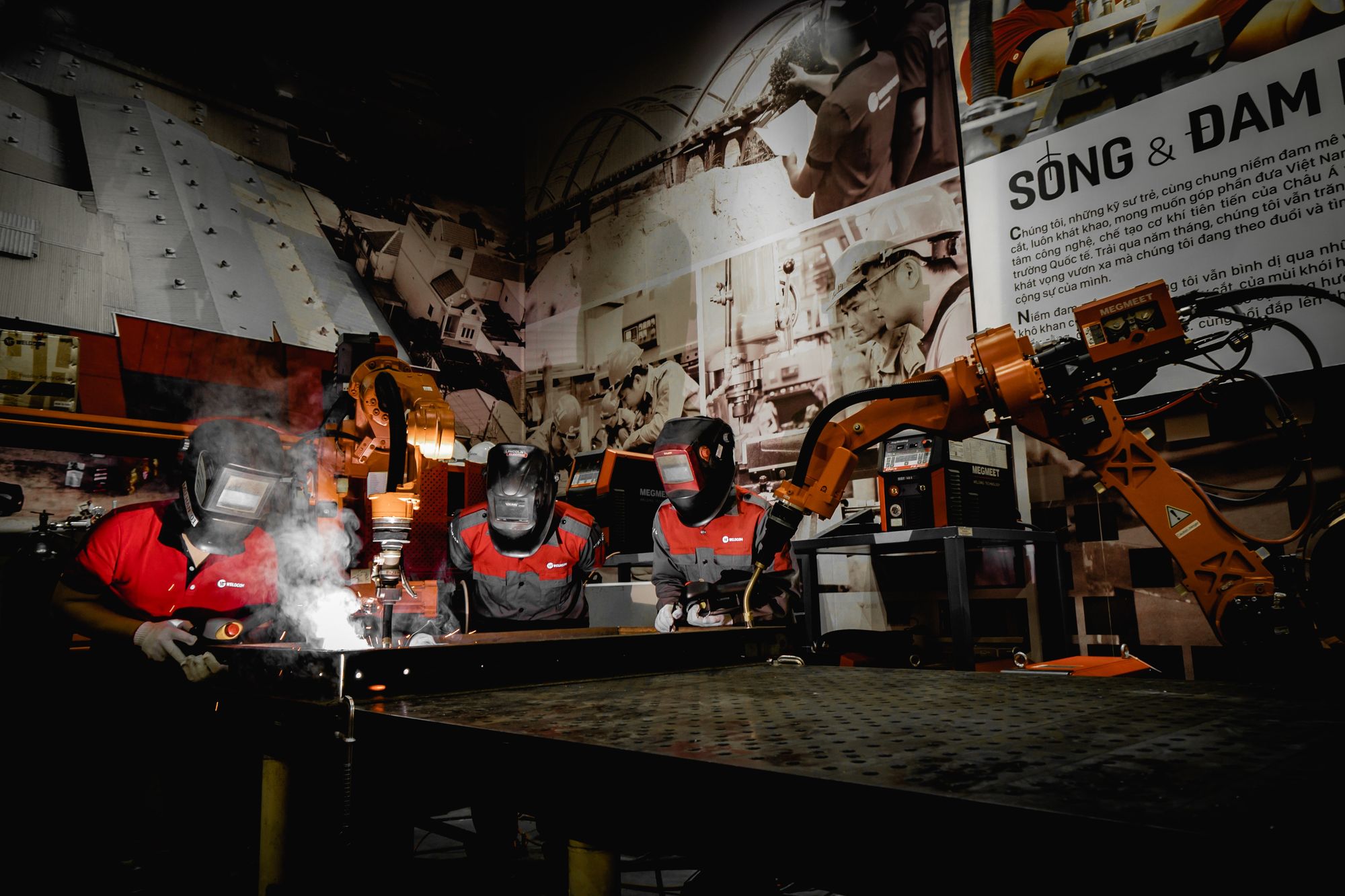
Industrial robots are automated, programmable robotic arms employed for manufacturing purposes. Articulated robots are the most widely utilized type of industrial robot and a mechanical device that can be programmed to perform various tasks. These robots have revolutionized the manufacturing industry by automating repetitive tasks, resulting in increased productivity and efficiency.
One interesting development in the field of industrial robots is the emergence of co-bots, or collaborative robots, which are designed to work alongside humans to carry out tasks such as testing and assembly. This collaboration between humans and robots has the potential to further enhance productivity in the manufacturing sector while maintaining a human touch.
However, the adoption of industrial robots comes with its own set of challenges. Some of the disadvantages include the potential for job loss, the need for specialized computer programming skills, and the potential for accidents.
Despite these challenges, the advantages of industrial robots, such as increased productivity, improved safety, and reduced costs, make them an essential part of modern manufacturing.
Humanoid Robots
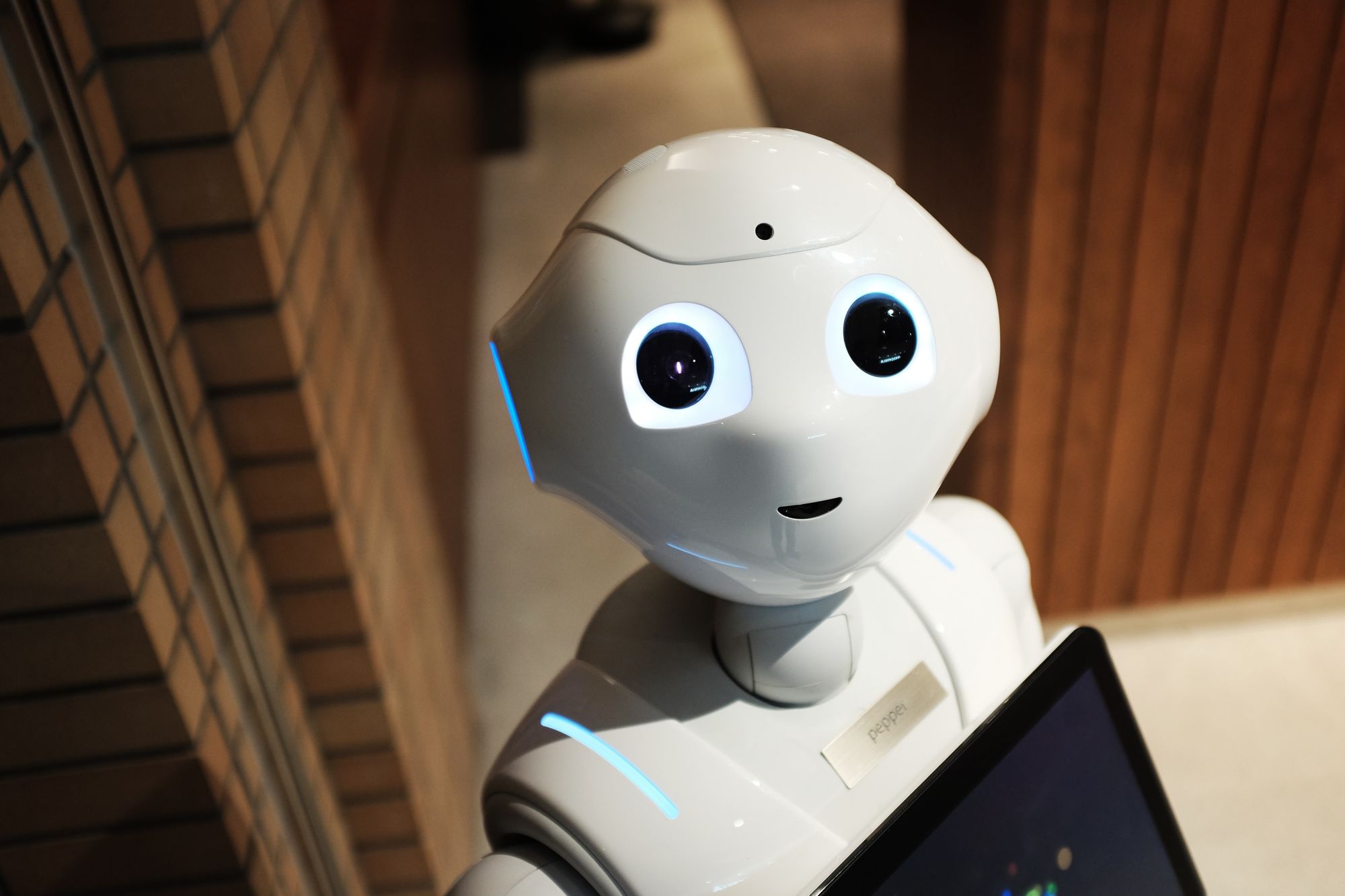
Humanoid robots are sophisticated anthropomorphic artificial machines that imitate and act like humans. They are created to execute tasks that are hazardous or challenging for humans and are frequently equipped with cutting-edge technology such as AI. Humanoid robots possess the capacity to execute intricate tasks using human movements, including walking, running, and manipulating objects.
These robots have been employed in a variety of contexts, including healthcare, education, entertainment, and search and rescue. Additionally, they can be utilized to aid in hazardous tasks, such as exploring hazardous environments. Their ability to identify and respond to human emotions and gestures makes them particularly well-suited for applications that require a high degree of human interaction.
As with any technology, humanoid robots come with their own set of advantages and disadvantages. The advantages include their ability to execute intricate undertakings, their capacity to engage with humans, and their potential to diminish human labor. However, the disadvantages include their considerable expense and the potential for abuse.
Medical Robots
Medical robots are machines with robot arms that are designed to carry out a range of essential operations, including interacting with patients, assessing patients' living conditions, functioning in hazardous and urgent scenarios, data mining to improve a pharmacy's productivity, and sterilizing hospital rooms. Additionally, they are utilized in surgical procedures, such as the da Vinci Surgical System.
The applications of medical robots in the healthcare industry are vast, ranging from patient interaction and assessment to operating in hazardous and emergency scenarios, data mining to enhance a pharmacy's efficacy, and sanitizing hospital rooms. The use of medical robots in healthcare has the potential to revolutionize the way healthcare services are delivered, improving patient outcomes and reducing the strain on healthcare professionals.
However, as with any technology, there are advantages and disadvantages associated with the use of medical robots. Some of the advantages include increased accuracy and precision in medical procedures, improved patient safety, and reduced costs. On the other hand, the potential drawbacks include the possibility of errors, the need for specialized training, and the potential for misuse.
Caregiving Robots
Caregiving robots are robots that can assist human caregivers with physical tasks, such as rolling someone over in bed or tracking appointments, medication, and daily tasks. They can also be utilized to provide companionship and emotional support to individuals with disabilities and the elderly.
The advantages of caregiving robots include their ability to provide physical and emotional support to people with disabilities and the elderly, and their potential to facilitate human caregivers in performing physical tasks and monitoring daily activities. However, there are also disadvantages associated with caregiving robots, such as their cost and the potential for misuse.
Robotic Software and Systems
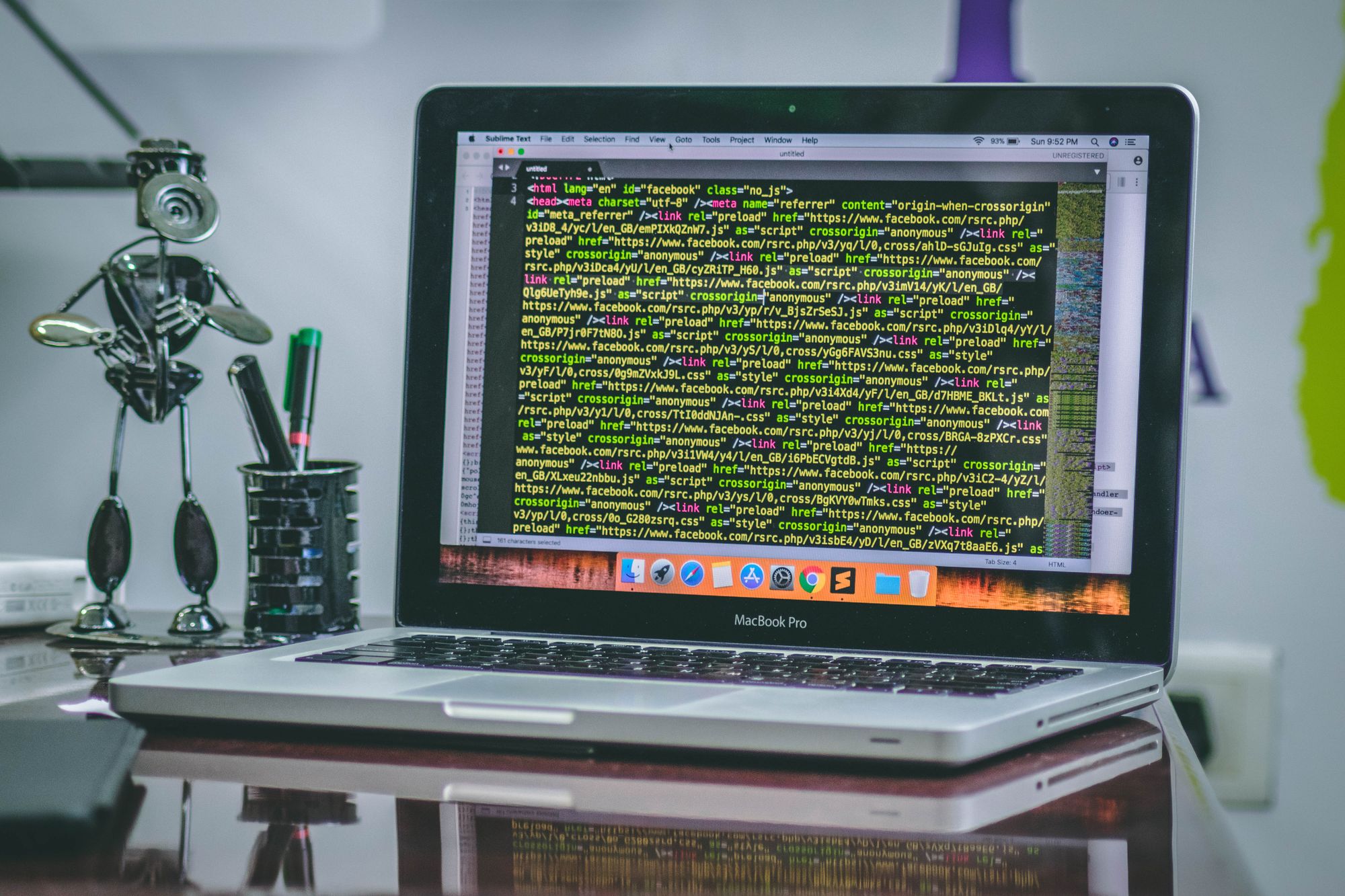
Software robots are computer programs that execute tasks autonomously, without human intervention. In contrast to actual robots, robotic software is installed into a robot and determines its programming. Software robots can be employed in various applications, such as automating repetitive tasks, minimizing human error, and improving efficiency.
The development and maintenance of software robots can be costly, and they can be exposed to cyberattacks. However, the benefits of utilizing software robots, such as automation and reduced human error, make them an important aspect of the overall field of robotics.
Human-Robot Interaction
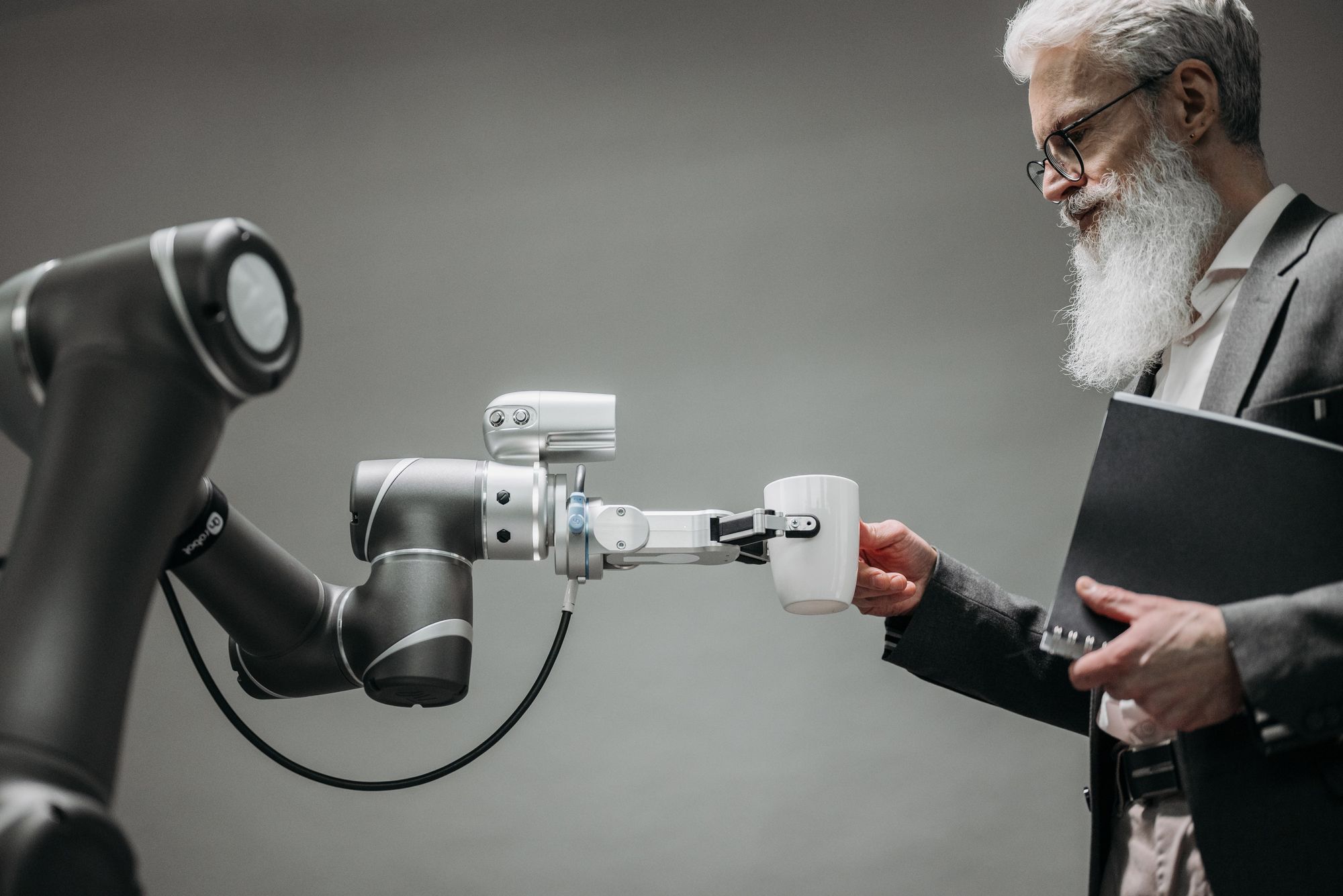
Human-robot interaction is a multidisciplinary field that examines the interactions between humans and robots, with the aim of designing, developing, and assessing robotic systems for use by or with humans. It encompasses communication and collaboration between humans and robots in various contexts. Understanding human-robot interaction is crucial for the successful implementation of robotics in a wide range of scenarios, allowing engineers to design robots that are better able to interact with humans and execute tasks more efficiently.
There are different types of human-robot interaction, including direct interaction, indirect interaction, and remote interaction. Direct interaction involves physical contact between the robot and the other human being, while indirect interaction involves the utilization of sensors and other technologies to detect and respond to the human’s presence. Remote interaction involves the employment of telepresence robots or other technologies to allow the human to interact with the robot from a distance.
Human-robot interaction presents both opportunities and challenges for the field of robotics. Some of the opportunities include the potential for robots to aid with tasks too hazardous or difficult for humans, as well as the potential for robots to offer companionship and emotional support. However, there are also challenges to consider, such as matters of safety, ethics, and the capability of robots to comprehend and react to human behavior.
Advantages and Disadvantages of Robotics
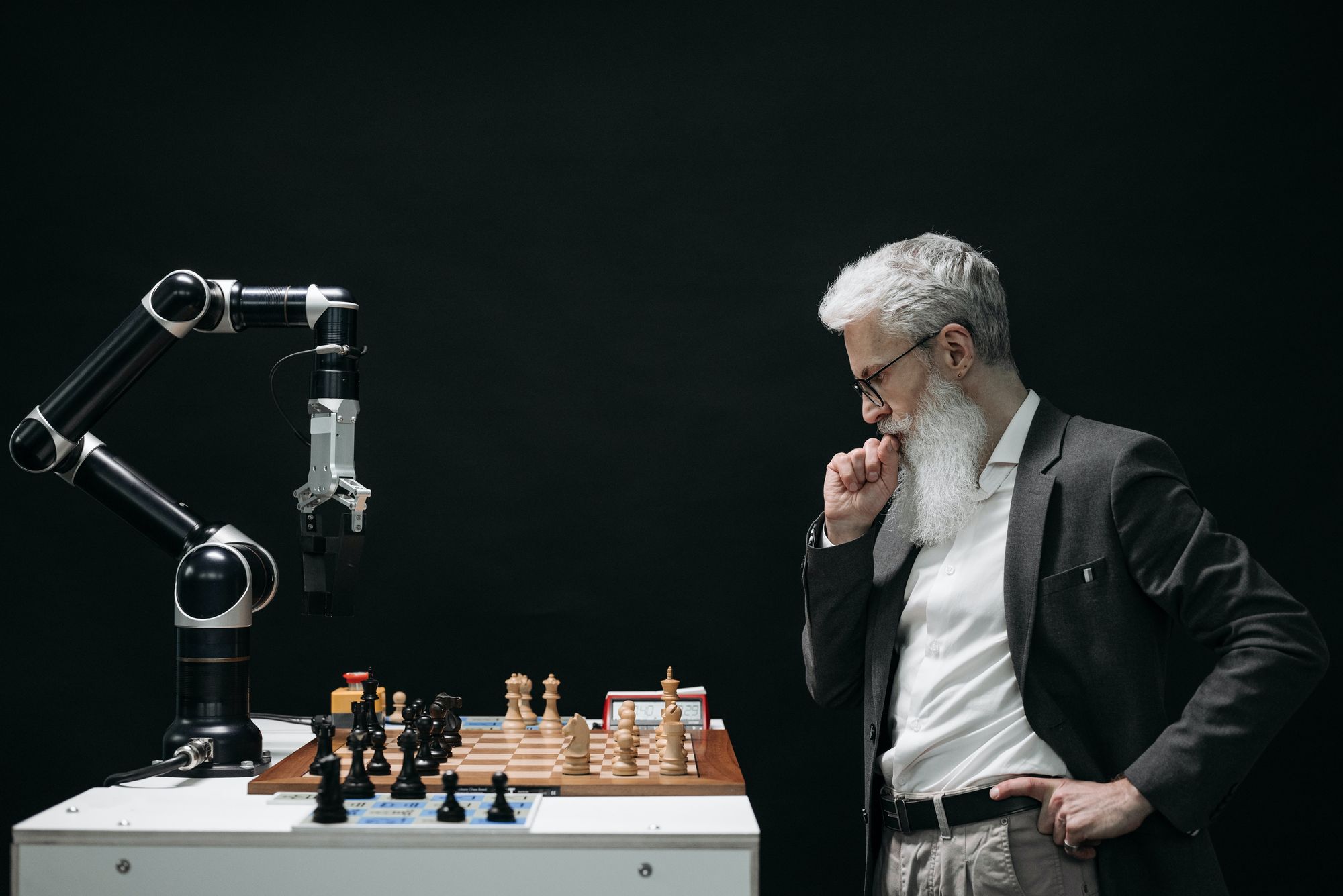
Robotics offers a host of advantages, including increased accuracy, cost-effectiveness, and enhanced safety for human beings. By automating repetitive tasks and eliminating the need for humans to perform dangerous or laborious work, robots have the potential to significantly improve productivity and efficiency in various industries.
However, there are also potential drawbacks to the widespread adoption of robotics. One major concern is the possibility of significant job losses due to automation. As robots become more advanced and capable of performing a wider range of tasks, there is a risk that many jobs currently performed by humans could be displaced by robots.
Despite these potential challenges, the advantages of robotics in industries such as nuclear, space, defense, and maintenance are undeniable. The increased safety provided by robotic systems can lead to a reduction in accidents and injuries, ultimately improving the overall working conditions for humans in these industries.
Artificial Intelligence, Virtual Reality, and Robots in Senior Care
The growing aging population, the decline in birth rates has left the family caregiver as the largest unpaid pillar of the long term care industry. To respond to the public health crisis we are facing has created a new field of robotics in senior care.
Artificial intelligence (AI) has been incorporated into many aspects of senior care, allowing for improved accuracy and efficiency in diagnosis and treatment. AI can analyze patient data more quickly than human beings, leading to faster diagnoses and earlier interventions. Virtual reality (VR) allows seniors to interact with their environment without physical contact. This technology is being used to reduce the risk of falls, provide stimulation and cognitive training, and help seniors with mobility issues.
Robots are being used to assist in physical therapy and aid seniors when it comes to daily activities such as dressing, bathing, grooming, eating and more. Many robots offer guidance or even do the task themselves ensuring safety for both the resident and caregiver.
The combination of AI, VR and robots in senior care is transforming the industry, making it much more efficient, effective and dignified for all involved. With continued technical advancements in these technologies, seniors will continue to benefit from the most advanced solutions available.
The Future of Robotics: Opportunities and Challenges
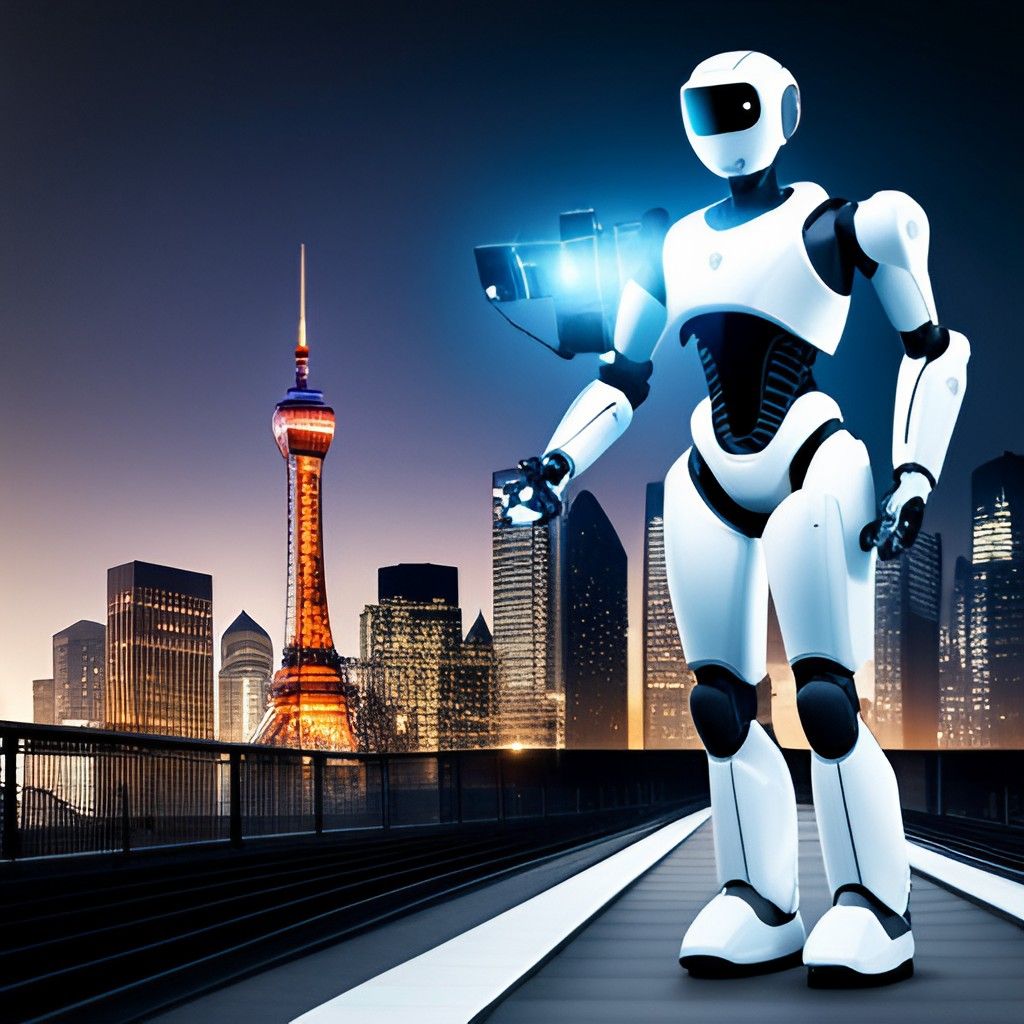
The future of robotics is full of exciting possibilities, as well as potential challenges. As robots become more advanced and capable of working alongside humans in a variety of fields, there is the potential for significant economic growth and increased productivity. The development of robots that can take on more laborious, repetitive manual labor tasks, optimize transportation processes, and advance healthcare, will provide ample opportunities for individuals to pursue personal development and focus on more creative and complex tasks.
However, there are also potential challenges associated with the continued advancement of robotics. These include job displacement, ethical considerations, and safety concerns. As robots become more commonplace in various industries, it will be important to address these challenges in order to ensure that the benefits of robotics are maximized while minimizing any potential negative impacts.
To prepare for a future dominated by robotics, individuals should consider taking courses in Artificial Intelligence and Machine Learning. These fields are closely related to robotics and will be essential for anyone looking to pursue a successful career in the field.
Preparing for a Career in Robotics
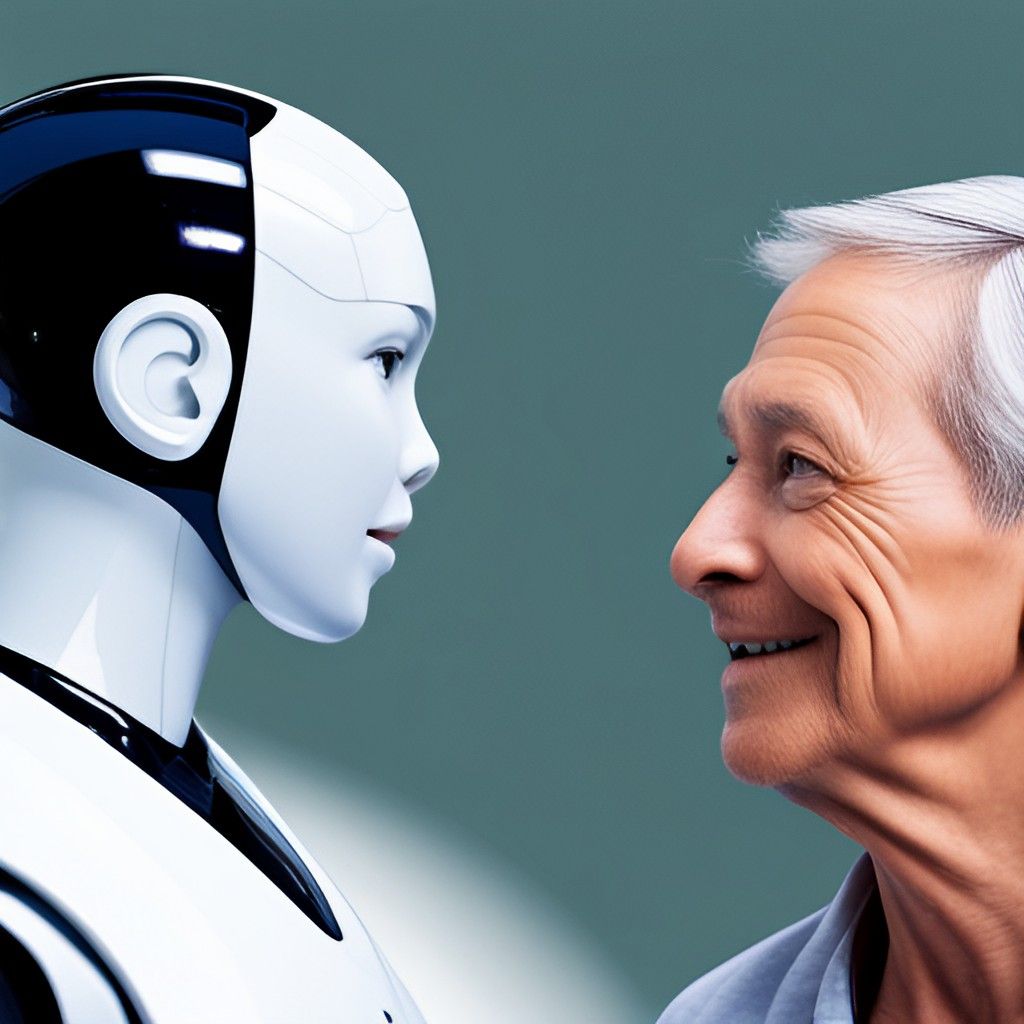
In order to have a successful career in robotics, a Bachelor's degree in robotics, computer engineering, electrical engineering, mechanical engineering, or computer science is typically necessary. Furthermore, knowledge of engineering science and technology, computer operating systems, hardware and software, design skills, and excellent verbal communication skills are also essential for a career in this field.
For individuals looking to enhance their capabilities for a career in robotics, courses in Artificial Intelligence and Machine Learning are highly recommended. These courses will provide the necessary foundation for understanding the complex algorithms and technologies that underpin the field of robotics, allowing individuals to stay ahead in this rapidly evolving industry.
Summary
Throughout this blog post, we have explored the fascinating world of robotics, delving into its history, types, components, and future prospects. From the early concepts of robots in ancient civilizations to the cutting-edge AI-integrated machines of today, robotics has come a long way and continues to revolutionize how we live, work, and interact.
As we look to the future of robotics, it is essential to prepare for the opportunities and challenges that lie ahead. By embracing the advancements in robotics and adapting to the changing landscape, we can harness the immense potential of these intelligent machines to improve our lives, boost economic growth, and create new possibilities for human achievement. I hope you will follow me as I introduce you into the various types of caregiving robots, medical robots, companionship robots and more. As technology advances, I will update you on the newest technologies to support seniors and their family caregivers.
Our Resources section can help you find the information and tools that you need. We have courses, videos, checklists, guidebooks, cheat sheets, how-to guides and more.
You can get started by clicking on the link below. We know that taking care of a loved one is hard work, but with our help you can get the support that you need.
Click here to go to Resources Section now!





